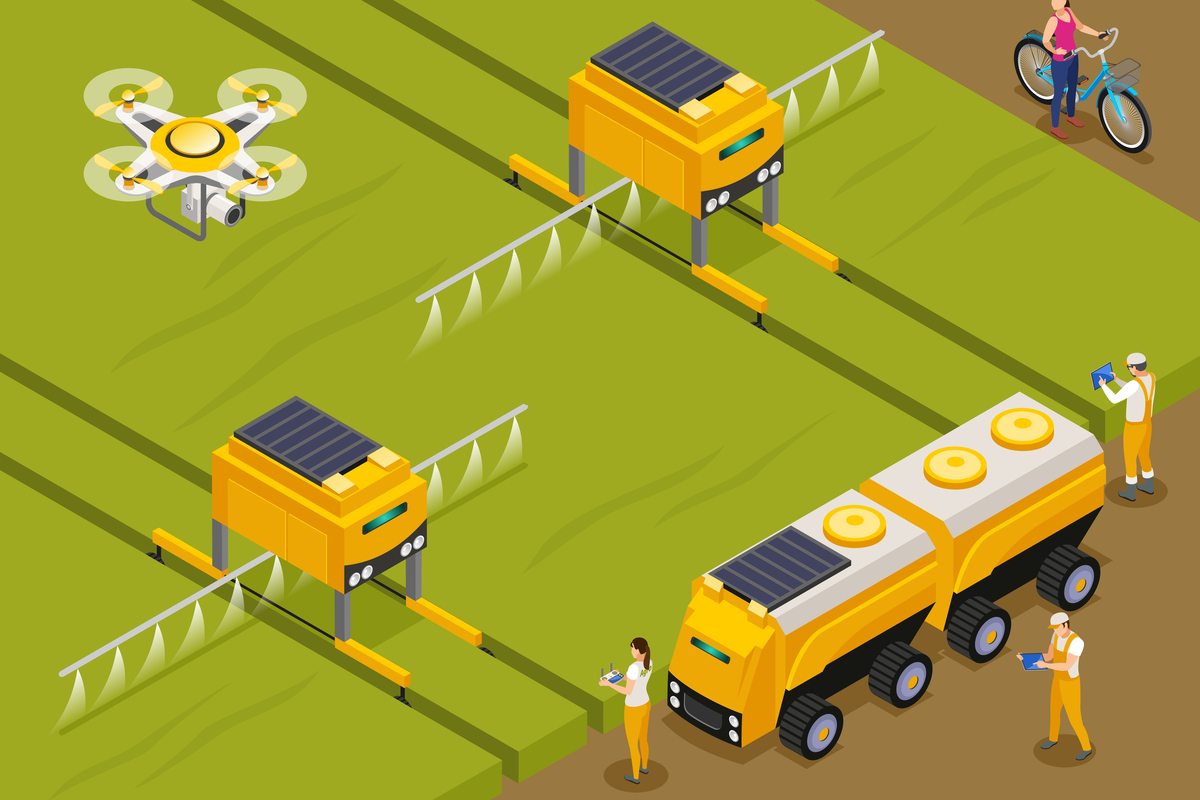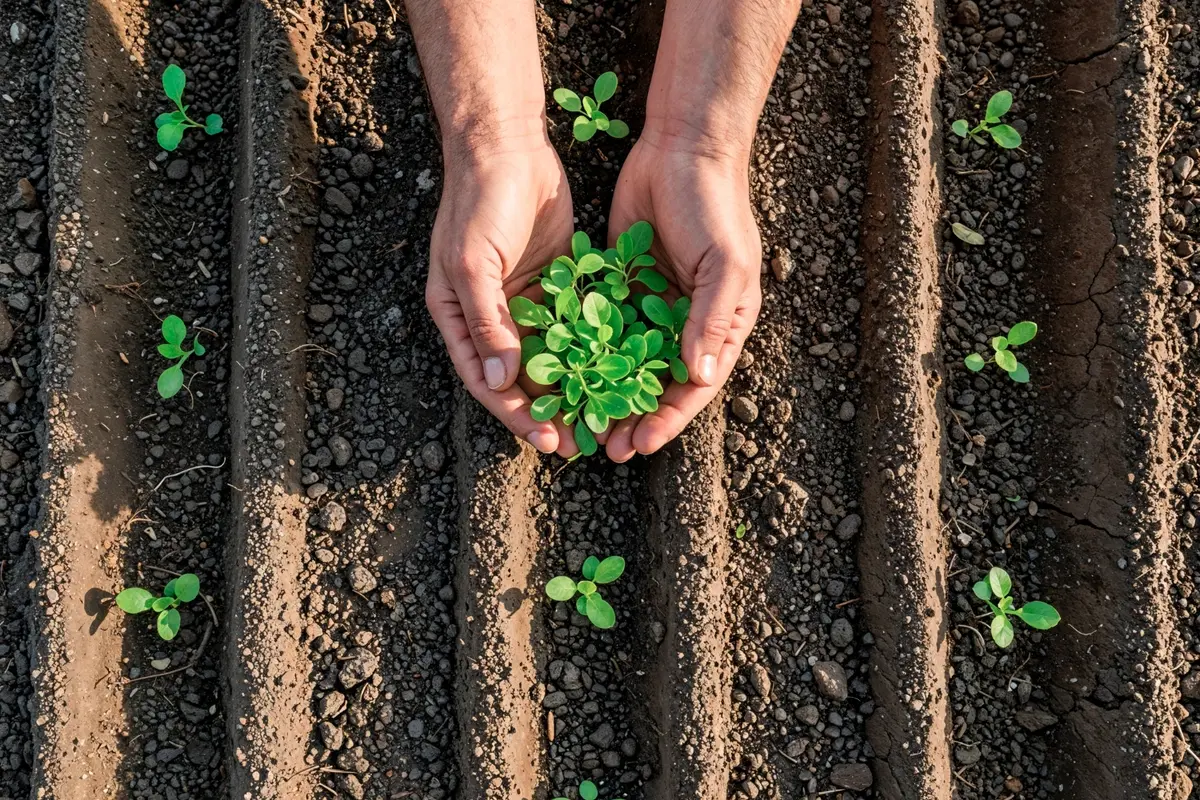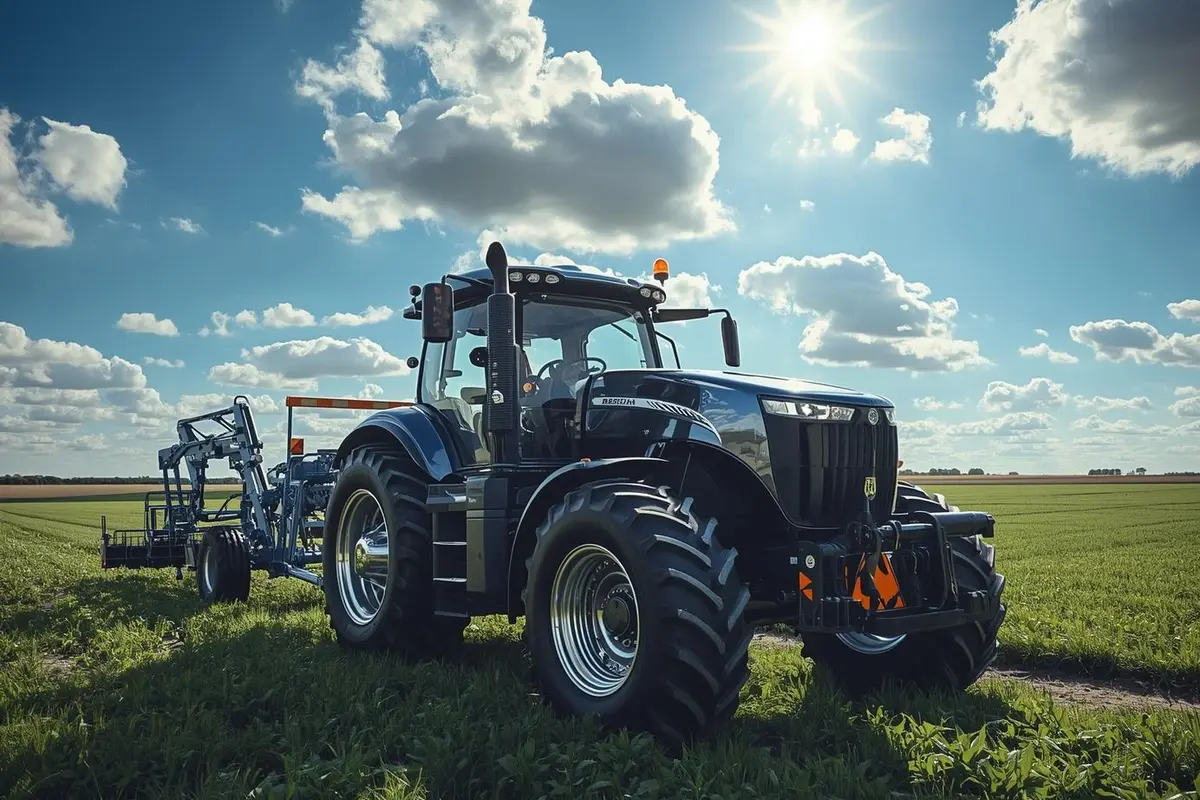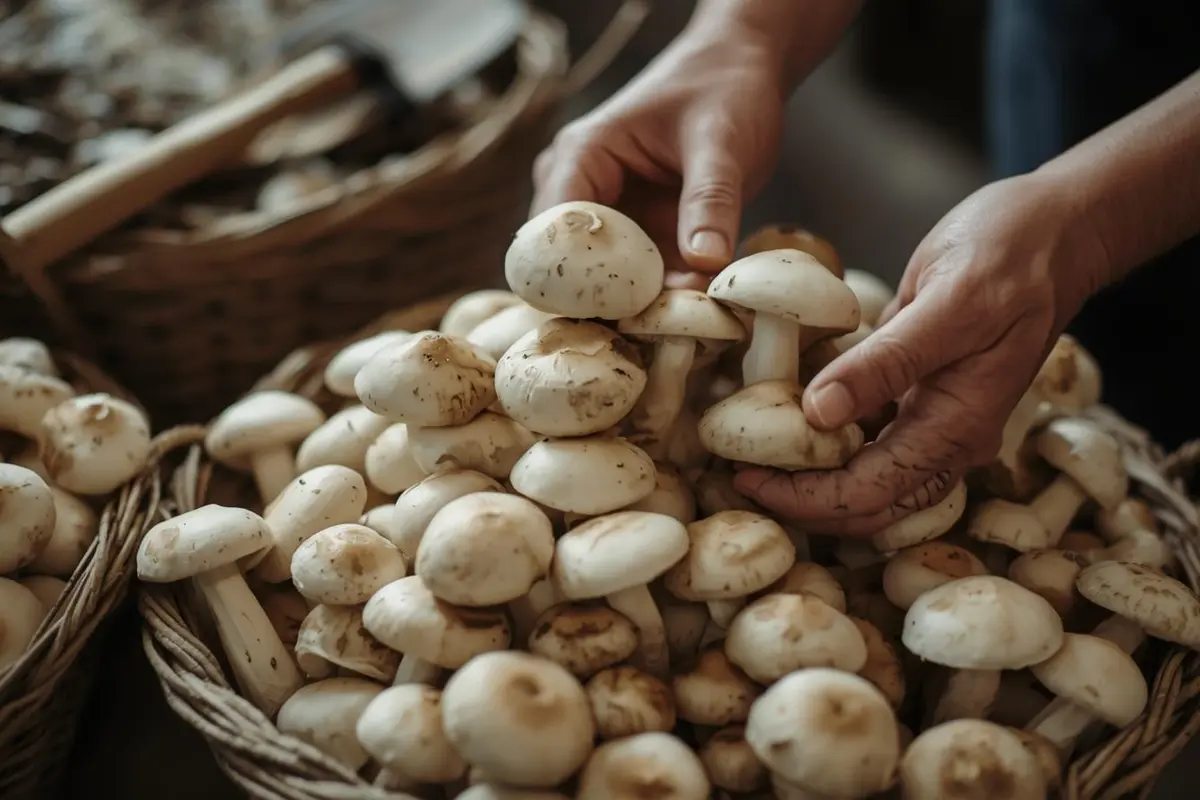Climate has a profound impact on agriculture, influencing crop growth, soil quality, and overall farm productivity. Temperature variations, rainfall patterns, and extreme weather events such as droughts, floods, and storms directly affect crop yields and food security.
So, climate change has significant impacts on agriculture. Rising temperatures can reduce crop productivity, especially in heat-sensitive crops like wheat, rice, and maize, while prolonged droughts lead to water shortages and soil degradation. Unpredictable weather patterns, such as erratic rainfall and extreme storms, increase the risk of floods and droughts, damaging crops and reducing farm output.
Although climate change is often associated with negative effects on agriculture, certain aspects of climate change can also have positive impacts on agriculture, depending on the region, crop type, and adaptation strategies used by farmers. In this article, we will discuss the positive and negative impacts of climate change on agriculture in detail.
Table of Contents
Positive Impacts of Climate Change on Agriculture
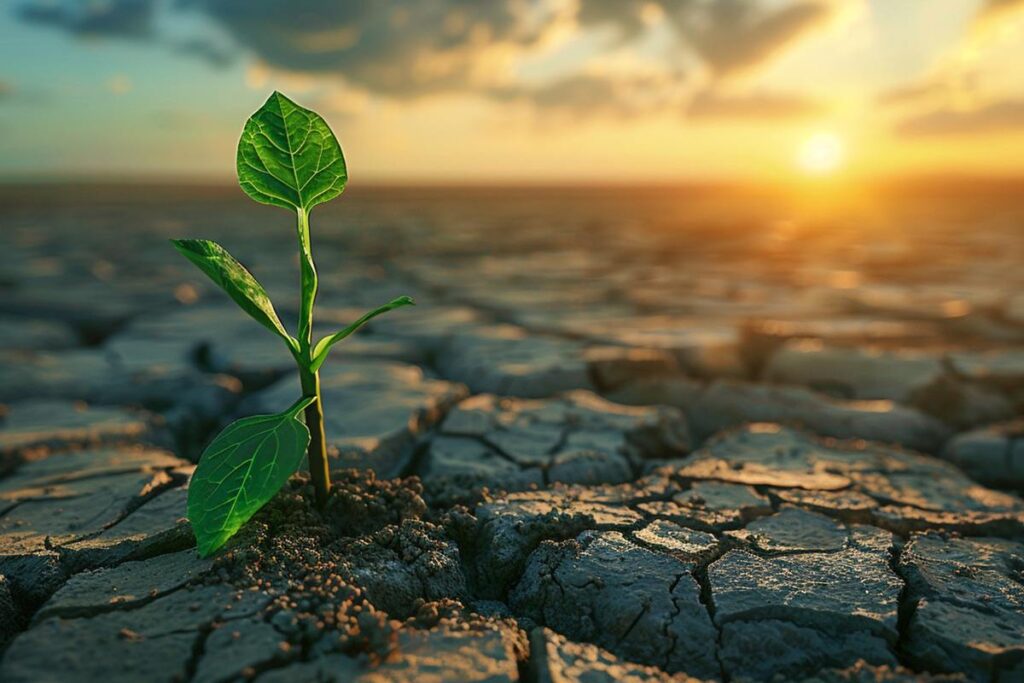
1. Longer Growing Seasons in Some Regions
One of the significant benefits of climate change is the extension of growing seasons in colder regions. As global temperatures rise, areas that were previously too cold for farming may become suitable for crop cultivation. This extended growing period allows farmers to plant multiple crops per year, increasing overall agricultural productivity.
2. Increased Carbon Dioxide Levels Boost Plant Growth
Carbon dioxide (CO₂) is a critical component of photosynthesis, the process by which plants produce food. Higher CO₂ levels in the atmosphere can enhance the rate of photosynthesis, leading to increased plant growth and crop yields.
3. Expansion of Cultivable Land
As temperatures rise, regions that were previously unsuitable for farming due to cold climates, such as parts of Canada, and Russia may become arable. Warmer temperatures can melt permafrost, making more land available for cultivation.
4. Increased Rainfall in Some Areas
While climate change can cause droughts in some regions, it can also lead to increased rainfall in others. In areas where water has historically been scarce, such as parts of Africa and the Middle East, higher rainfall could improve soil moisture, boost crop growth, and reduce the need for irrigation.
5. Growth of Heat-Tolerant and Drought-Resistant Crops
Climate change has driven scientific advancements in agricultural biotechnology, leading to the development of heat-tolerant and drought-resistant crop varieties. These genetically improved crops can thrive under extreme conditions, ensuring food security despite shifting climate patterns.
6. Opportunities for New Crop Varieties
Changing climate conditions allow farmers to experiment with new crop varieties that were previously unsuitable for their regions. For example, warmer temperatures have made it possible to grow Mediterranean crops like olives, grapes, and citrus fruits in traditionally cooler climates such as northern Europe.
7. Potential for Increased Livestock Productivity
Warmer temperatures in colder regions can benefit livestock farming by reducing the need for shelter and additional heating costs. Milder winters may lead to fewer livestock deaths due to cold stress, improving overall animal health and productivity.
8. Enhanced Soil Microbial Activity
Warmer temperatures can accelerate soil microbial activity, leading to faster decomposition of organic matter and improved nutrient cycling. This can enhance soil fertility and provide crops with essential nutrients more efficiently.
9. Rising Temperatures May Reduce Frost Damage
In many regions, frost can cause significant damage to crops, particularly fruits and vegetables. As global temperatures rise, the frequency of frost events may decrease, reducing the risk of crop loss.
10. Opportunities for Agroforestry
Climate change has encouraged the adoption of agroforestry, a farming practice that integrates trees and shrubs with crops and livestock. Rising temperatures and increased CO₂ levels can accelerate tree growth, making agroforestry more effective in improving soil health, conserving water, and providing additional income through timber and fruit production.
Negative Impacts of Climate Change on Agriculture
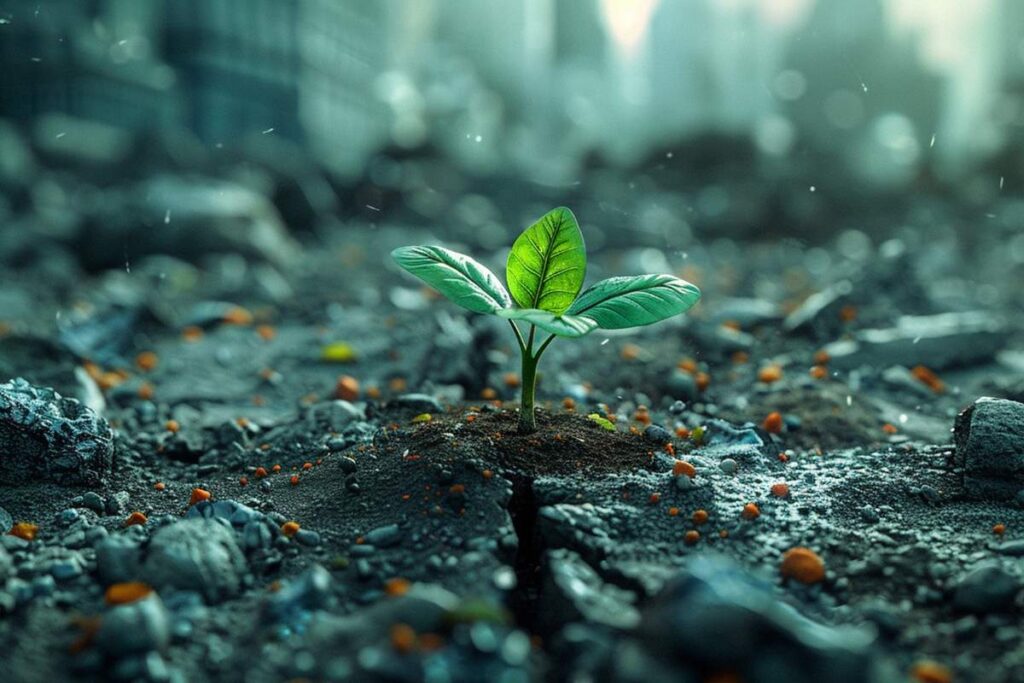
1. Reduced Crop Yields Due to Temperature Stress
Higher global temperatures are causing heat stress in many crops, reducing their growth and productivity. Many staple crops, such as wheat, rice, and maize, have specific temperature thresholds beyond which their yields decline significantly. Extreme heat can damage plant tissues, reduce photosynthesis rates, and lead to premature ripening, resulting in lower grain and fruit production.
2. Increased Frequency of Droughts and Water Scarcity
Climate change has intensified drought conditions in many regions, making water availability a major concern for farmers. Prolonged droughts reduce soil moisture levels, inhibit seed germination, and cause crops to wither before reaching maturity. Water scarcity also affects irrigation-dependent farming, increasing production costs as farmers rely on alternative water sources.
3. More Frequent and Intense Extreme Weather Events
Climate change has led to an increase in extreme weather events, including hurricanes, floods, cyclones, and hailstorms. These events cause direct damage to crops, destroy farmlands, and wash away fertile topsoil. Flooding can lead to waterlogging, oxygen deficiency in roots, and crop diseases. On the other hand, strong winds from storms can flatten fields of crops, damage farm infrastructure, and disrupt food supply chains.
4. Changes in Rainfall Patterns
Unpredictable rainfall patterns make it difficult for farmers to plan planting and harvesting schedules. In some regions, excessive rainfall leads to soil erosion, nutrient leaching, and waterlogging, which negatively impact plant growth. In other areas, insufficient rainfall delays sowing and stunts crop development.
5. Increased Pest and Disease Outbreaks
Rising temperatures and changing climate conditions have contributed to the rapid spread of pests and diseases in agriculture. Warmer winters allow pests like aphids, and beetles to survive longer and reproduce in larger numbers. Additionally, increased humidity and fluctuating temperatures create ideal conditions for fungal, bacterial, and viral infections in crops.
6. Soil Degradation and Loss of Fertility
Climate change accelerates soil erosion, salinization, and desertification, reducing land productivity. Heavy rainfall and flooding wash away topsoil, which contains essential nutrients and organic matter necessary for plant growth. Drought conditions lead to soil compaction and the loss of beneficial microbial life, reducing soil fertility.
7. Rising Sea Levels and Submersion of Agricultural Land
Rising sea levels, a direct result of climate change, threaten coastal agricultural lands by increasing soil salinity and submerging low-lying farmlands. Countries with large coastal farming communities, such as Bangladesh and the Netherlands, face the risk of losing significant portions of fertile land, leading to displacement and loss of livelihoods.
8. Reduction in Pollination
Pollinators such as bees, butterflies, and other insects play a crucial role in food production. However, climate change disrupts pollination cycles by altering flowering times and reducing pollinator populations.
9. Higher Cost of Production
Climate change forces farmers to adopt new technologies, irrigation systems, and pest control measures, all of which increase production costs. Many farmers need to invest in climate-resilient seeds, drought-resistant crops, and greenhouse farming to cope with changing conditions.
10. Increased Food Insecurity and Economic Instability
The combined effects of climate change lower crop yields, higher production costs and extreme weather damage contribute to global food insecurity. Many developing nations that rely heavily on agriculture for food and economic stability are experiencing reduced harvests and increased food prices.
Conclusion
Climate change has both positive and negative impacts on agriculture, but its overall effect is largely concerning. On the positive side, increased carbon dioxide levels, expansion of cultivable land, and advancements in climate-resilient crops offer opportunities for agricultural growth in certain regions. However, the negative impacts such as reduced crop yields, erratic rainfall, extreme weather events, and soil degradation pose significant threats to global food security. While technological advancements and sustainable farming practices can help mitigate some challenges, urgent action is needed to reduce greenhouse gas emissions and implement climate adaptation strategies. The future of agriculture depends on a balance between leveraging the benefits of climate change while minimizing its risks through responsible policies, resilient farming techniques, and global cooperation.



